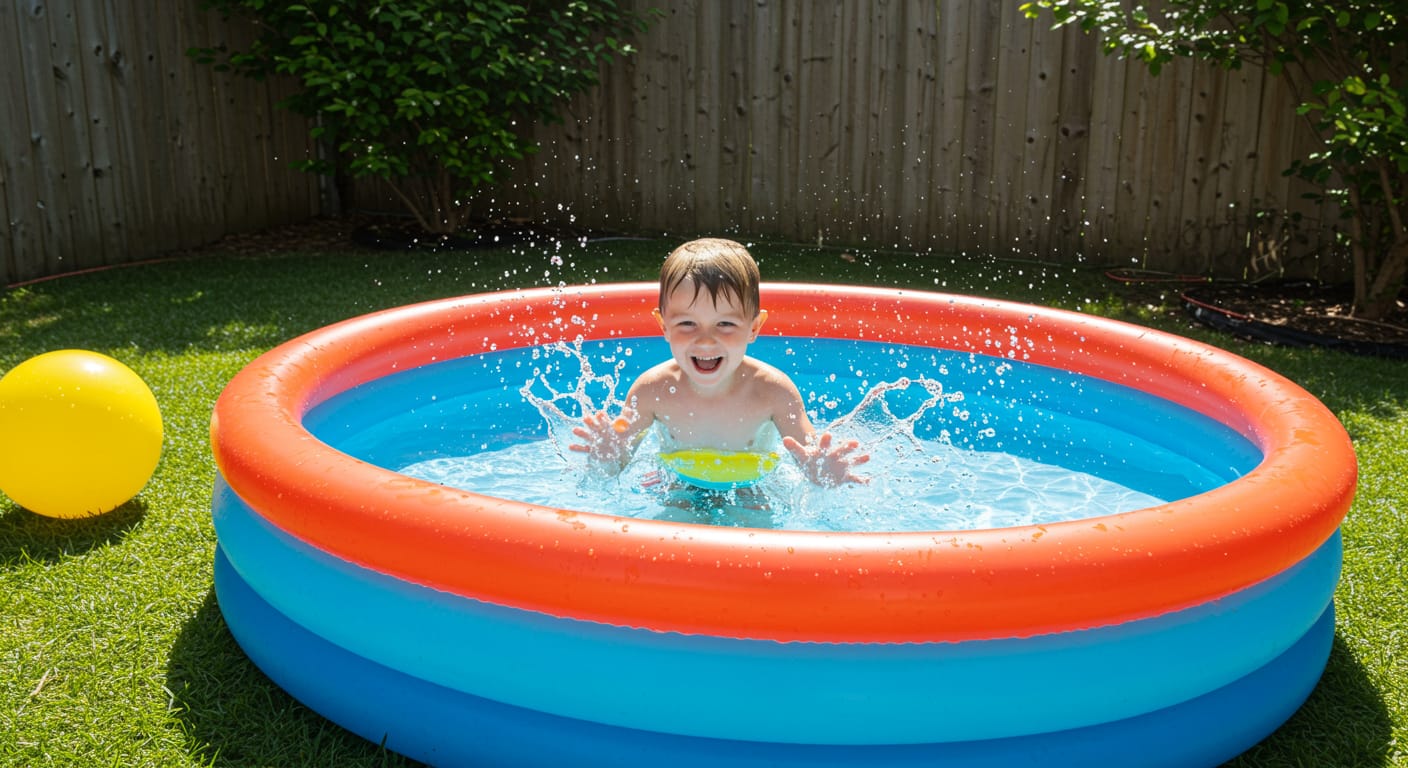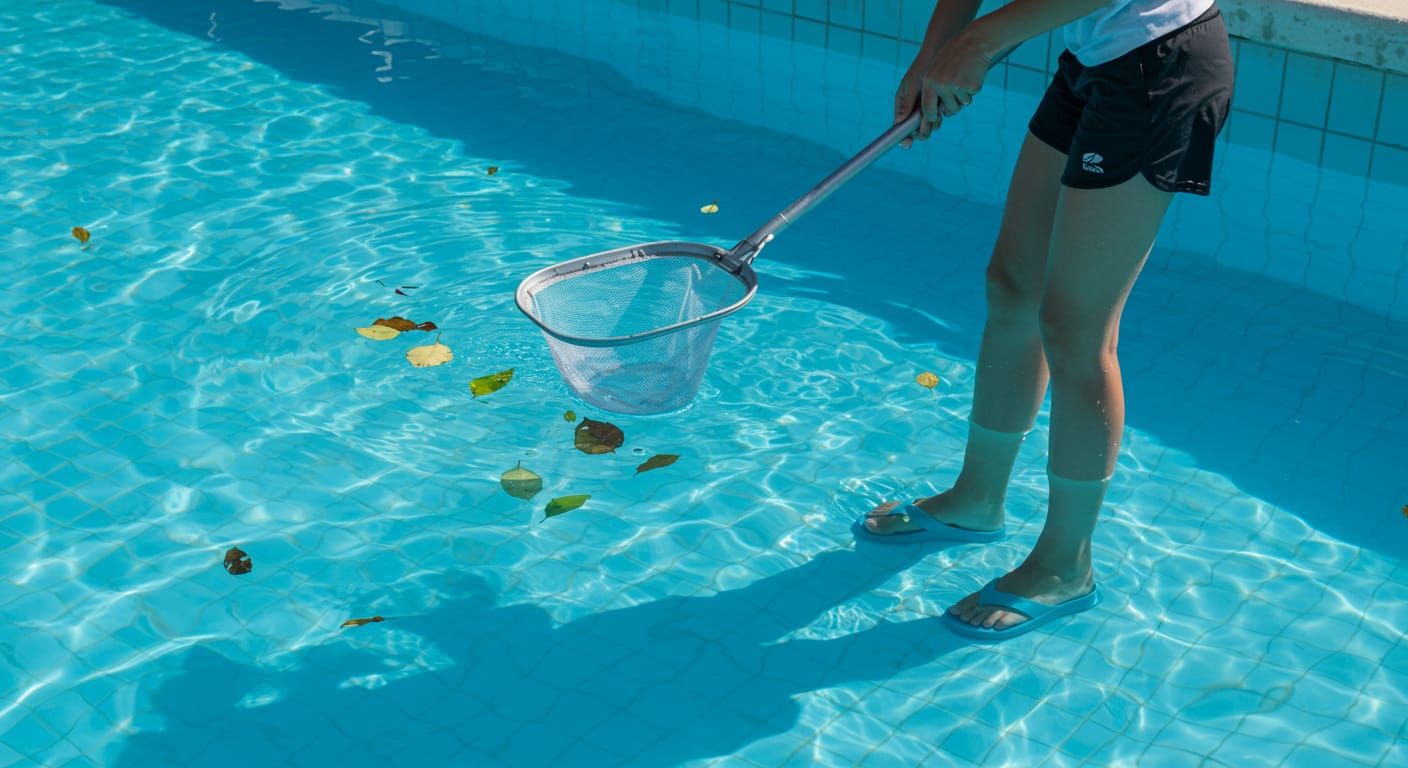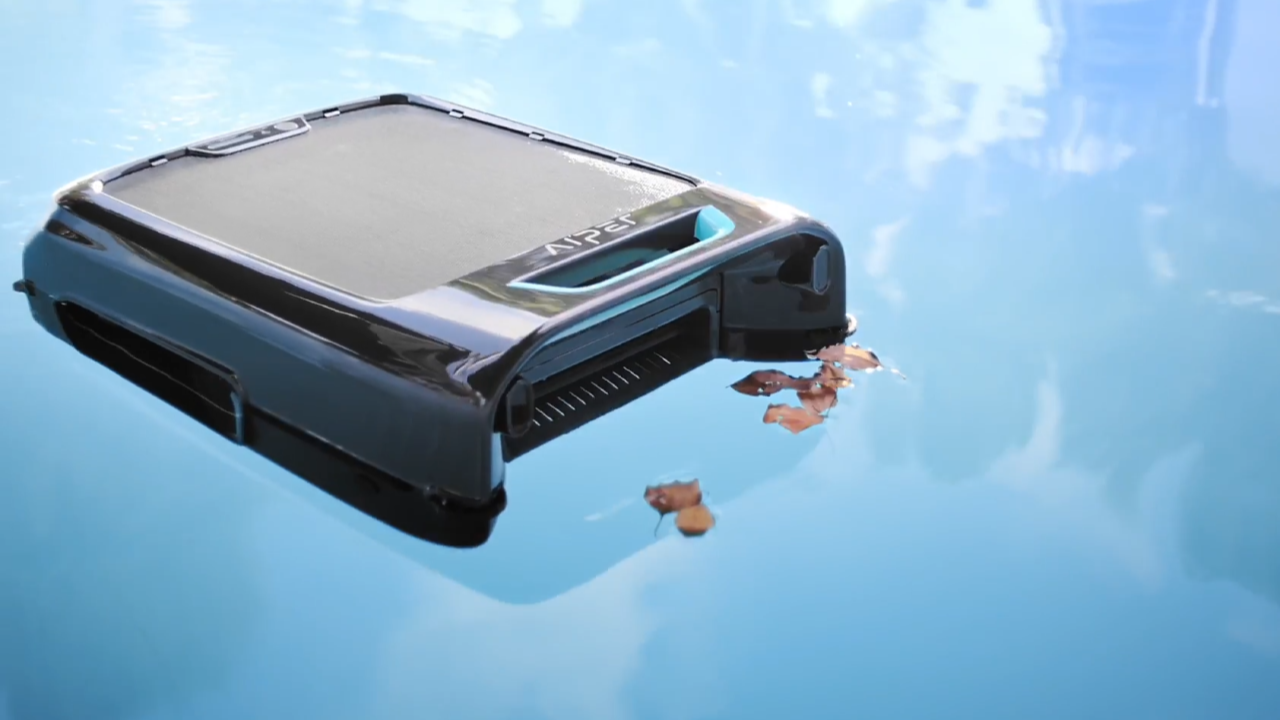How to Keep a Blow-Up Pool Clean: A Guide to Safe Water Quality

A blow-up pool is one of those summer things you throw together without much planning. Fill it up, jump in, and the whole backyard suddenly feels cooler. The real headache starts when you try to keep the water clean without tipping it out every day. Before anything else, it is worth remembering the rule in Australia. If your inflatable pool can hold more than 30 cm of water, you legally need a proper safety barrier. Both the ACCC and NSW Health are clear on that. It is an easy detail to overlook, but it matters before the first swim.
This guide brings together clear, practical steps based on SPASA recommendations to help you keep the water clean through daily care, chemical balance, and innovative tools. If you want to understand how to keep a blow-up pool clean in real Australian conditions, this breakdown will walk you through precisely what matters.
Step-by-Step Daily & Weekly Physical Maintenance
Physical cleaning is the backbone of inflatable pool maintenance. It is simple work, but it makes the most significant difference. When debris stays out and sediment is controlled, the water stays clear for much longer. This part covers the everyday tasks and the weekly routines that keep the pool fresh.
Physical Cleaning: The Daily Debris Sweep
Surface debris is usually the first thing to handle. Leaves and insects fall in all the time, and a quick skim with a small net keeps the water looking clean. Leaving it there only makes the water cloudy. Using a cover when the pool is not in use prevents most of it from entering in the first place.
NSW Health also notes that swimmers bring in significant contamination. A fast rinse before getting in cuts down on sweat, sunscreen and dirt entering the water.

Addressing the Pool Floor
Inflatable pools lack strong circulation, so dirt settles quickly on the bottom. This is normal, but it needs regular attention. Traditional vacuums feel oversized and awkward in small pools. This is where a compact cleaner makes sense. Aiper’s Scuba X1 Pro Max is designed for small and medium pools, runs cordless, and picks up fine sediment that settles along the floor. You simply place it in the pool and let it do its run.
The Critical Role of Circulation (Even Without a Pump)
Good circulation keeps the chlorine working and the water clearer. Without a blow-up pool filter, just move the water around by hand from time to time. If the pool stays set up for a few days, adding a small pump is helpful. Make sure it has an Australian electrical safety approval number or RCM. Even basic filtration will cut down your cleaning time.
Water Balance: Achieving SPASA-Recommended Chemical Levels
Clean water also depends on keeping the chemistry stable. It is not complicated, and it follows a few SPASA-backed standards. Once you know your target pH and Total Alkalinity, you can maintain safe water with light adjustments.
Water Testing Frequency and Tools
Test the water once or twice a week, and again after heavy use or rain. Basic strips or a small liquid kit are all you need. You only need to look at pH, Free Chlorine and Total Alkalinity.
SPASA AU Standards: Your Water Quality Targets
Keep your pool chemistry in range to stay safe. SPASA recommends:
- pH 7.2-7.6
- Total Alkalinity 60-200 ppm, ideally 100-120 ppm.
Safe Disinfection and Shocking
Chlorine or bromine keeps the pool water clean. Use a little bit of chlorine or small tablets for your blow-up pool. Sometimes you need a bigger dose, called a shock, to make the water very clean. Always keep the chemicals for inflatable pools away from kids.
Crucial Safety Warnings and Misconceptions
Here are some misconceptions you may avoid and tips that may help you.
Misconception: "Just drain and refill."
Emptying the pool repeatedly wastes water. Taking care of it properly keeps the water clean and saves time.
Health-Related Restrictions:
Do not swim if the water is dirty or cloudy. If someone has been sick with diarrhoea, they must stay out. Pets should stay out, too.
Off-Season Storage:
When you are done using the pool, empty it and put it somewhere kids cannot reach. Rainwater left in the pool can be dangerous and attract mosquitoes.
Your Inflatable Pool Maintenance Checklist
| Task | Frequency | Tool/Chemical Needed |
|---|---|---|
| Physical Skimming | Daily (Before and After use) | Small pool net/skimmer |
| Foot/Body Rinse | Daily (Before use) | Dedicated hose/rinse station |
| Clean Pool Floor & Walls | Weekly, or As Needed | Aiper Pool Cleaner (e.g., small cordless vacuum) or manual brush/scoop |
| Pool Cover Application | Daily (When not in use) | Fitted pool cover |
| Water Testing | 2–3 times per week | 3-way or 5-way test strips/kit |
| pH Adjustment | As needed (After testing) | pH Increaser (Soda Ash) or pH Decreaser (Acid) |
| Sanitizer Dosage | As needed (After testing) | Liquid chlorine or small stabilised tablets |
| Off-Season Storage | When packed away | Air pump (for deflation), storage bag/box |
The Easy Way to Keep a blow-up Pool Clean
The most time-consuming job is always debris and sediment removal. A robotic pool cleaner takes this task off your hands and keeps the pool floor clear with minimal effort, which makes a noticeable difference in water clarity.

FAQs About Inflatable Pool Maintenance
How long can you keep water in a blow-up pool?
You can keep it indefinitely as long as chemicals and filtration are maintained. Without maintenance, change it every one to two days.
Can I use pool chemicals in my blow-up pool?
Yes, but only a little. Don’t use strong chemicals.
How do I clean the bottom of my pool?
Use a small pool vacuum like an Aiper cleaner.
Conclusion
Keeping an inflatable pool clean in Australia relies on three things. Remove debris often, maintain balanced water chemistry, and follow Australian safety rules. With a test kit and a small cleaner like Aiper, keeping the pool clean is easy. When you do the simple steps, the water stays clear and safe all summer.
References
Australian Competition and Consumer Commission (ACCC). (n.d.). Swimming pools (portable and inflatable) guide. Product Safety Australia. Retrieved from https://www.productsafety.gov.au/consumers/play-and-exercise-safely/use-sport-exercise-and-play-equipment-safely/swimming-pools-portable-and-inflatable-guide
NSW Health. (2022, September 1). Healthy swimming pools. Retrieved from https://www.health.nsw.gov.au/environment/factsheets/Pages/healthy-swimming-pools.aspx
Swimming Pool and Spa Association of Australia (SPASA Australia). (n.d.). Water balance. Retrieved from https://www.spasa.com.au/pool-and-spa-owners/faqs-tips-and-tricks/water-balance

